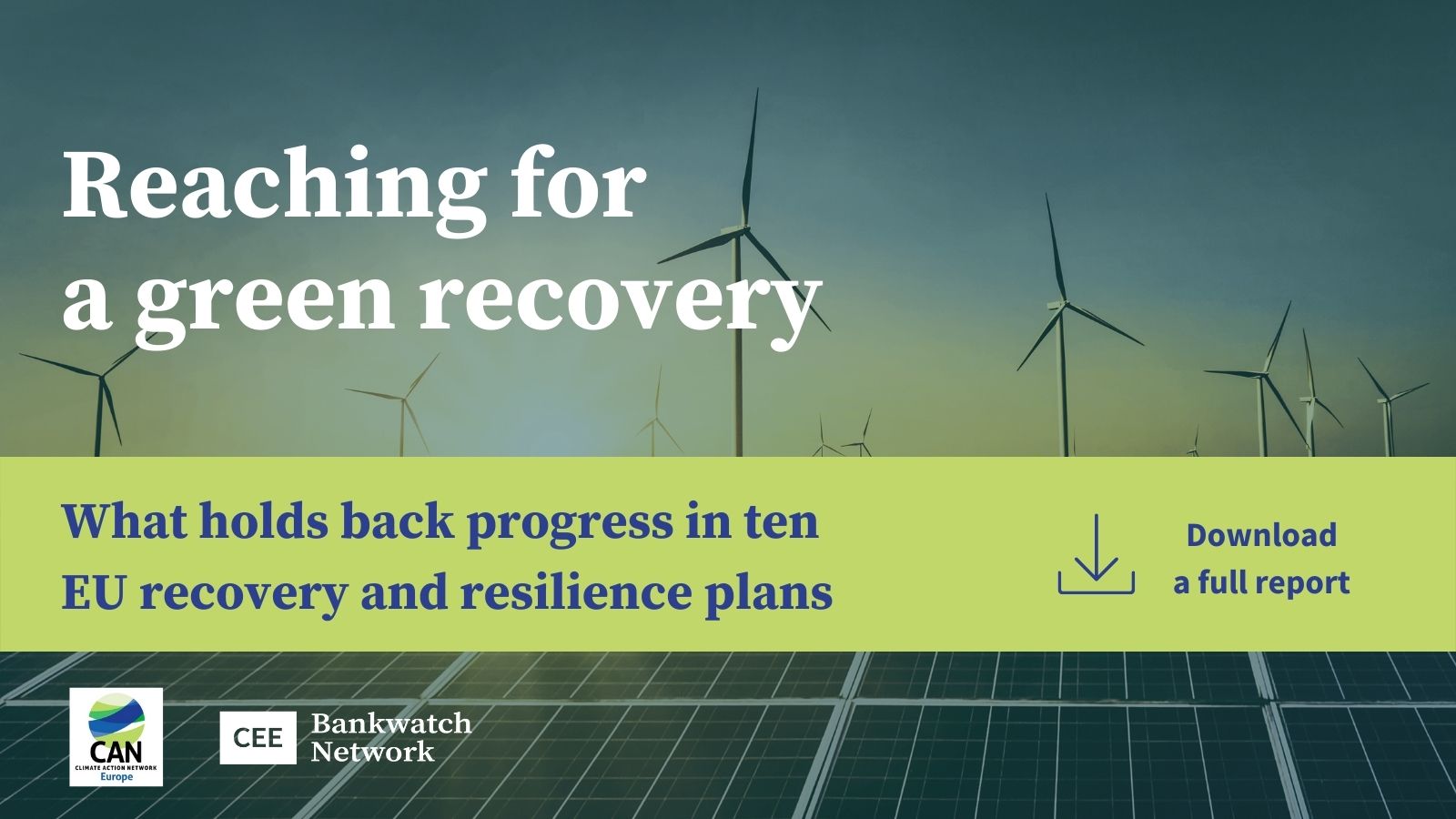REPORT
The Recovery and Resilience Facility (RRF) entered into force in February 2021. It has financed reforms and investments in Member States from the start of the COVID-19 pandemic and will continue to do so until 2026. To finance a proportion of it, the European Commission, on behalf of the EU, borrowed for the very first time on capital markets. This facility enables Member States, in particular those with limited fiscal space, to finance additional investments, allowing them to recover from the pandemic-induced economic and social crisis and make their economies and societies more resilient.
To benefit from the Facility, Member States had to submit national recovery and resilience plans to the European Commission. Each recovery plan sets out the reforms and investments that Member States commit to implement by the end of 2026, and Member States can receive financing up to a previously agreed allocation. At least 37 per cent of the funds must be earmarked for climate action and be accompanied by reforms that will maximise the impact of these investments. None of the reforms or investments should harm the environment. The RRF therefore provides an important opportunity for EU Member States to accelerate necessary investments for the green transition. But are they really making full use of this money?
This report analyses ten final recovery plans, based on an assessment carried out by CEE Bankwatch Network’s and CAN Europe’s member organisations in ten countries: Czechia, Estonia, Hungary, Italy, Latvia, Portugal, Romania, Slovakia, Slovenia, and Spain.
In each country’s analysis, we look at the key investments and reforms for climate action included in the national recovery plan, but also the important reforms and investments we have been advocating for but which are not part of the plan. We also analyse the quality of the Commission’s assessment of the national plans from a ‘do no significant harm’ principle perspective, as well as the extent to which the recovery plan can pave the way for an improved national energy and climate plan (NECP), since Member States must revise their NECPs by 2023 to reflect the higher EU climate 2030 targets agreed on in 2020. Some country analyses include a short section on how gender equality considerations have been taken on board in the green transition investments and reforms, showing that insufficient attention is given to this crucial aspect; all outline to which extent environmental civil society organisations have been able to participate in the process of design, implementation and monitoring of the recovery plans. Each country analysis then includes recommendations addressed respectively to the Member State concerned and to the European Commission.



